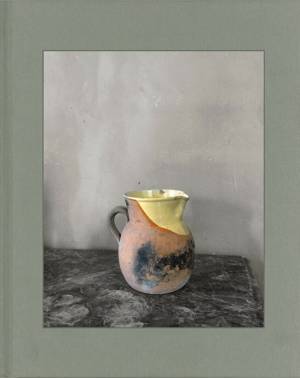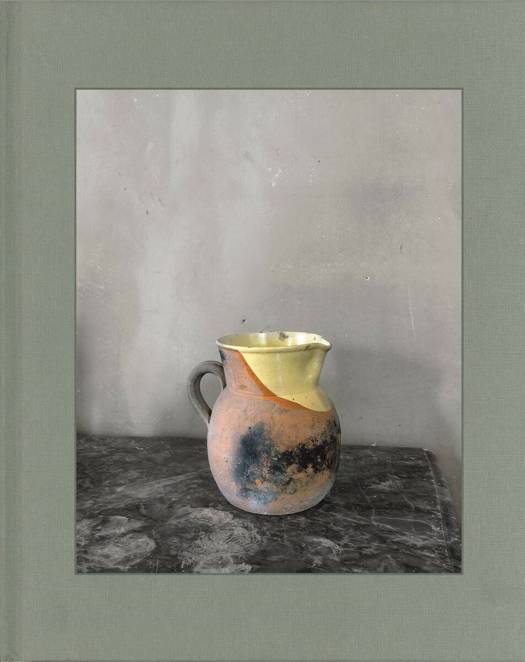
- Afhalen na 1 uur in een winkel met voorraad
- In januari gratis thuislevering in België
- Ruim aanbod met 7 miljoen producten
- Afhalen na 1 uur in een winkel met voorraad
- In januari gratis thuislevering in België
- Ruim aanbod met 7 miljoen producten
Omschrijving
Meyerowitz brilliantly demonstrates how Cézanne's studio and its contents enhanced the flatness of his paintings
Some years ago, while working on a book commission about Provence, Joel Meyerowitz visited Cézanne's studio in Aix-en-Provence. While there, he experienced a flash of understanding about Cézanne's art. Cézanne had painted the studio walls a dark gray, mixing the color himself. Consequently, every object in the studio seemed to be absorbed into the gray of the background. There were no telltale reflections around the edges of the objects, so there was nothing that could separate them from the background itself. Meyerowitz suddenly saw how Cézanne, making his small, patch-like brush marks, moved from the object to the background, and back again to the objects, without the illusion of perspective. After all, Cézanne was the original voice of "flatness."
Meyerowitz decided to take each of the objects in Cézanne's studio and view them against the gray wall (managing to obtain permission from the Director of the Atelier--no-one had touched these objects in ages). His impulse was to place each one in the exact same spot on his marble-topped table and just make a "dumb" record of it. He then decided to arrange them in rows, almost as if they were back on his shelf above the table, and made a grid of five rows with five objects on each row, with Cézanne's hat as the centerpiece.
This beautifully designed volume presents these photographs, which are at once marvelous photographic still lifes and an incredible revelation of Cézanne's methods.
Specificaties
Betrokkenen
- Auteur(s):
- Uitgeverij:
Inhoud
- Aantal bladzijden:
- 116
- Taal:
- Engels
Eigenschappen
- Productcode (EAN):
- 9788862085649
- Verschijningsdatum:
- 26/09/2017
- Uitvoering:
- Hardcover
- Formaat:
- Genaaid
- Afmetingen:
- 262 mm x 325 mm
- Gewicht:
- 1133 g

Alleen bij Standaard Boekhandel
Beoordelingen
We publiceren alleen reviews die voldoen aan de voorwaarden voor reviews. Bekijk onze voorwaarden voor reviews.









